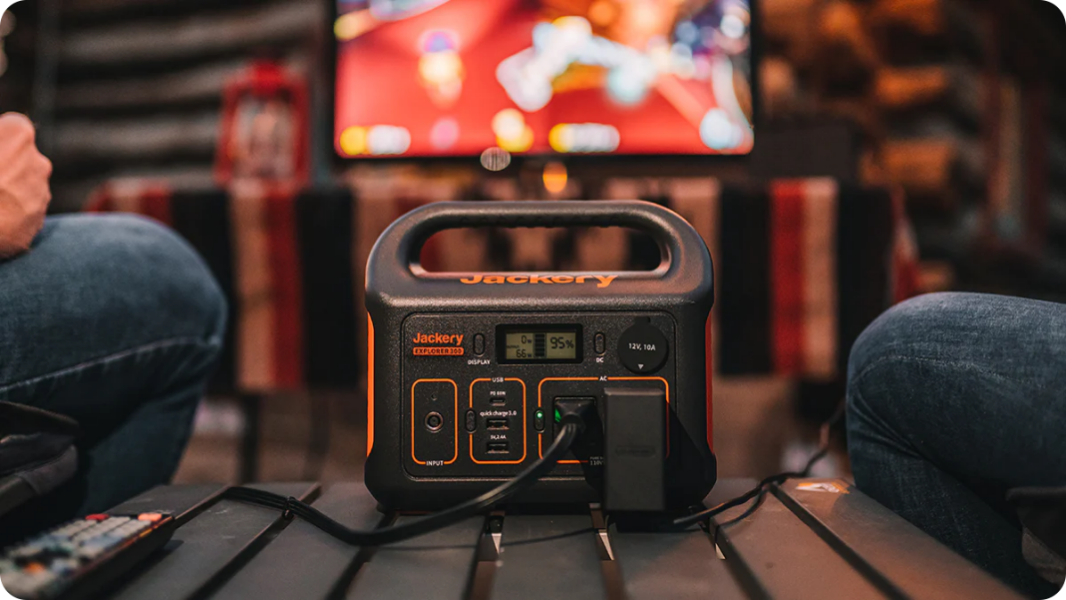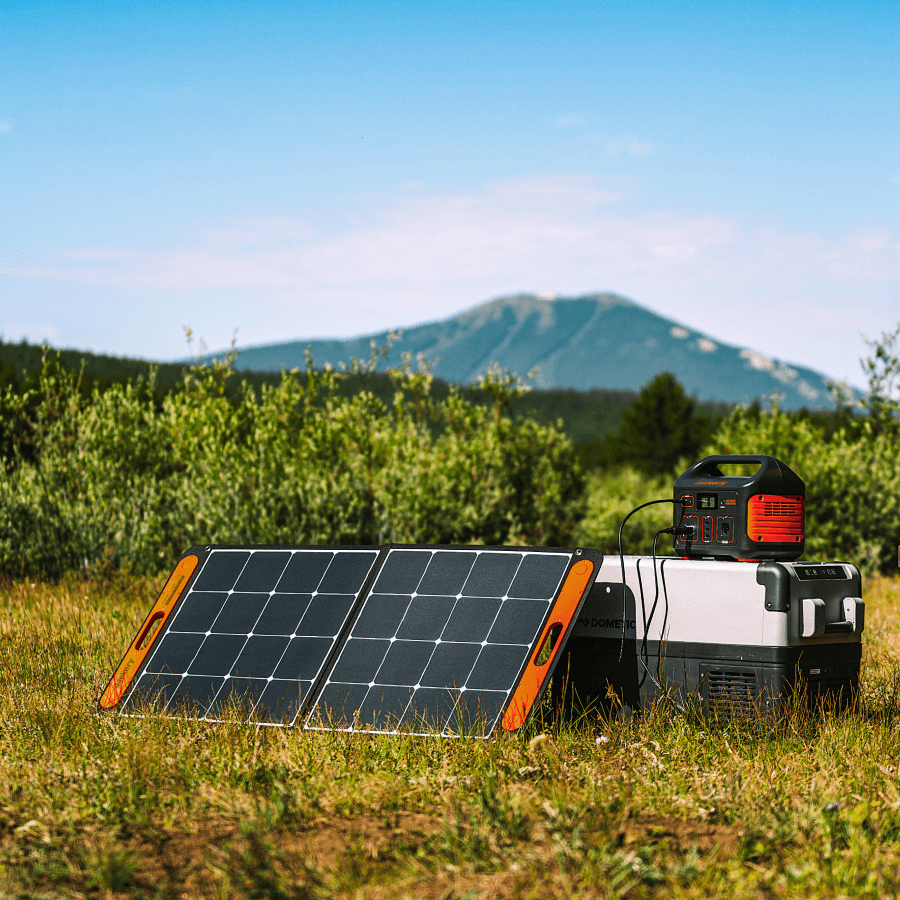An Electric Blanket is the best option to keep you warm by using very low wattage. Let's explore the world of electric blankets and their energy consumption. Have you ever wondered, "How many watts does an electric blanket use?" We'll break down the facts in straightforward terms. Understanding the watts an electric blanket uses helps you manage your energy bills better.
An electric blanket typically uses around 100 to 150 watts of power. This translates to relatively low energy consumption when compared to other household appliances. So, if you're concerned about energy usage, rest assured that using an electric blanket won't significantly impact your electricity bill. Make sure to follow the manufacturer's guidelines for safe and efficient usage, and enjoy the warmth and comfort it provides during colder days and nights.
Key Takeaways About Electric Blanket Wattage
Below are the key takeaways for how many watts does an electric blanket use?
- Average Wattage: Electric blankets typically use around 100 to 150 watts of power.
- Daily Energy Consumption: The power usage per day depends on the duration you use the blanket. For instance, if used for 6 hours a day at 150 watts, it would consume 0.9 kWh.
- Energy Efficiency with Portable Power Stations: To save on electricity and enhance portability, consider using a portable power station like Jackery. These stations can power various devices, including electric blankets, providing an eco-friendly and cost-effective solution.
By understanding the average wattage of electric blankets and managing usage duration, you can effectively control energy costs. A portable power station adds convenience and sustainability to your electric blanket experience. For more options and information, you can explore Jackery portable power stations.
How Many Watts Does an Electric Blanket Use?
The amount of energy an electric blanket needs is measured in watts. This matters because it affects how well the blanket works and your electricity bill. We have researched some popular electric blankets and have put together a table showing how much energy they use.
This information can help you understand your energy use while enjoying the cozy feeling of your electric blanket.
|
Electric blanket |
Wattage Range |
Estimated Working Hours (Hours) |
Estimated Power Needed daily (Watt-hours) |
|
Sunbeam Microplush Heated Blanket |
120W |
6 hours |
720 Wh |
|
Biddeford MicroPlush Heated Blanket |
100W |
8 hours |
800 Wh |
|
Beautyrest Heated Ribbed Microfleece Blanket |
180W |
4 hours |
720 Wh |
|
Pure Warmth Comfort Knit Heated Blanket |
130W |
6 hours |
780 Wh |
|
Pure Warmth Comfort Knit Heated Blanket |
150W |
5 hours |
750 Wh |
Electric Blanket Watts Consumption Based on Stage
Electric blankets come with different settings to adjust the level of warmth. Here's a breakdown of power consumption based on different stages:
|
Electric Blanket Stage/Settings |
Power Consumption (Watts) |
|
Preheating (Initial) |
150 - 200W |
|
Low |
50 - 100W |
|
Medium |
100 - 150W |
|
High |
150 - 200W |
|
Timer/Off |
0 W |
"0 W" in the table indicates that there is no power consumption when the electric blanket is set to "Timer/Off." This means that the blanket does not use any electricity when it's turned off or when using a timer function to automatically shut off after a certain period.
These power consumption ranges are approximate and can vary depending on the brand, model, and size of the electric blanket. Using lower settings and turning off the blanket when unnecessary can help manage energy usage more efficiently. Always refer to the manufacturer's guidelines for precise information about power consumption in different settings.
How Many Watts Does an Electric Blanket Use?
The wattage of an electric blanket can vary based on the settings and temperature conditions. Here's a general breakdown of wattages for different seasons:
Summer: During warmer months, when less heat is needed, electric blankets typically consume around 50-100 watts on low settings.
Mid Season: In spring or fall, when temperatures are moderate, the medium setting might use around 100-150 watts.
Winter: In colder winter weather, the high setting could use around 150-200 watts to provide ample warmth.
Extreme Winters: For icy conditions, the highest settings could reach 200 watts or more to generate significant heat.
Keep in mind that these are rough estimates, and actual wattages can vary based on the specific model and brand of the electric blanket. Always check the manufacturer's information for precise wattage details.
Cost of Powering an Electric Blanket
The cost of using an electric blanket depends on its wattage, the duration of use, and your local electricity rates. Here's how you can estimate the cost:
- Calculate Daily Usage Cost: Multiply the wattage of your electric blanket by the number of hours you use it daily. Then, divide by 1000 to convert watts to kilowatts. Finally, multiply by your electricity rate (usually in cents per kilowatt-hour) to find the daily cost.
Example: (150W × 6 hours) / 1000 = 0.9 kWh
If the electricity rate is 15 cents/kWh: 0.9 kWh × 15 cents = $0.135
- Calculate Monthly and Yearly Costs: Multiply the daily cost by the number of days you use the blanket each month and then by 12 for the yearly cost.
Example: $0.135 × 30 days = $4.05 per month
- Yearly cost: $4.05 × 12 months = $48.60
We have figured out the estimates over here, and actual costs can vary. Using a programmable timer or lower settings can help save on costs.
What Size Power Station Do I Need For the Electric Blanket When Off Grid
When you're away from regular power or when there's no electricity, having a reliable power source is really important.
A solar power station, like the Jackery Explorer one, is a good option. It's safe, clean, and uses renewable energy from the sun. It's better than traditional generators that make noise and smoke.
Now, if you want to use an electric blanket, you'll need a power station with more power. Look at the Jackery Explorer series such as Jackery Explorer 240 v2, Explorer 300 Plus, and Explorer 500. These can handle the electric blanket and other things you might want to use.
Best Portable Power Station For Electric Blanket When Off-Grid
If you plan to use an electric blanket when you're off the Grid, the Jackery Explorer series offers different options with capacities around 256Wh, 288Wh, and 518Wh. Each model has its strengths, so let's take a look:
- Jackery Explorer 240 v2: This power station has a capacity of 256 watt-hours (Wh). It's suitable for basic devices and small electronics. If you often travel to outdoor locations to camp or hike, the power station can help you charge the small appliances for hours.

While it can power an electric blanket, it might be better for shorter durations.
- Jackery Explorer 300 Plus: With a capacity of 288 Wh, this model offers a bit more power. It can charge an electric blanket for long hours when you are camping out in the woods. The sturdy, foldable handle ensures you can carry the power station to outdoor locations to power small appliances anytime you want.

It's a good choice if you want to run an electric blanket for a reasonable amount of time while off-grid.
- Jackery Explorer 500: The Explorer 500 has a higher capacity of 518 Wh. This makes it the best option for running an electric blanket for extended periods when you're away from traditional power sources.

Now, let's see how long each power station can support an electric blanket. You may calculate the working time by using this formula:
Working time = Capacity Wh * 0.85 / operating wattage of your device.
The *0.85 is used to account for some energy loss during use.
|
Jackery Products |
Capacity (Wh) |
Average electric Blanket Wattage |
Supported Working Hours |
|
Jackery Explorer 240 v2 |
256 Wh |
Min 100 W - Max 150 W |
1.4 - 2.1 hours |
|
Jackery Explorer 300 plus |
288 Wh |
Min 100 W - Max 150 W |
1.6 - 2.4 hours |
|
Jackery Explorer 500 |
518 Wh |
Min 100 W - Max 150 W |
2.93 - 4.39 hours |
These working hours are calculated using the formula you provided: Working time = Capacity Wh * 0.85 / operating wattage of your device. The factor of 0.85 is used to account for some energy loss during use. The minimum wattage (100 W) is used to calculate the maximum working hours, while the maximum wattage (150 W) is used to calculate the minimum working hours.
You can now make the most of off-grid living with Jackery's reliable portable power stations, which offer an environmentally friendly and convenient solution for powering your electric blanket and other essential devices.
FAQ about electric blanket wattage
1. What is the average electric blanket energy consumption?
A: An average electric blanket uses about 100 to 150 watts of energy. This means it uses around 100 to 150 watt-hours of electricity for each hour it's turned on. The exact amount can vary based on how the blanket is set. To figure out how long a Jackery power station can run an electric blanket, you can use this simple formula: Working time = Power Station's Capacity * 0.85 / electric blanket's wattage. The 0.85 takes into account some energy loss during use.
2. How much Power does an electric blanket use?
A: The power of electricity refers to the amount of energy used or produced in a certain amount of time. It is measured in watts (W) and indicates how quickly energy is consumed or transferred. An electric blanket typically uses around 100 to 150 watts of power. This means it consumes about 100 to 150 watt-hours of electricity for every hour it's in use.
3. How much power does an electric blanket use per hour?
A: An electric blanket typically uses around 50 to 200 watts of power per hour, depending on its settings and size. The power usage can vary based on factors like the blanket's heat level and the temperature of the room. It's important to check the manufacturer's instructions or labels to know the specific power consumption of your electric blanket.
Conclusion
When thinking about the question "How many watts does an electric blanket use," it's important to have a clear understanding of your energy consumption. With Jackery's reliable portable power stations, available on our website at Jackery.com, you can make informed choices for a sustainable lifestyle. Using these solutions helps you efficiently power your electric blanket and other devices off the Grid. Thus reducing your impact on the environment and contributing to a cleaner future.




















































































































Leave a comment